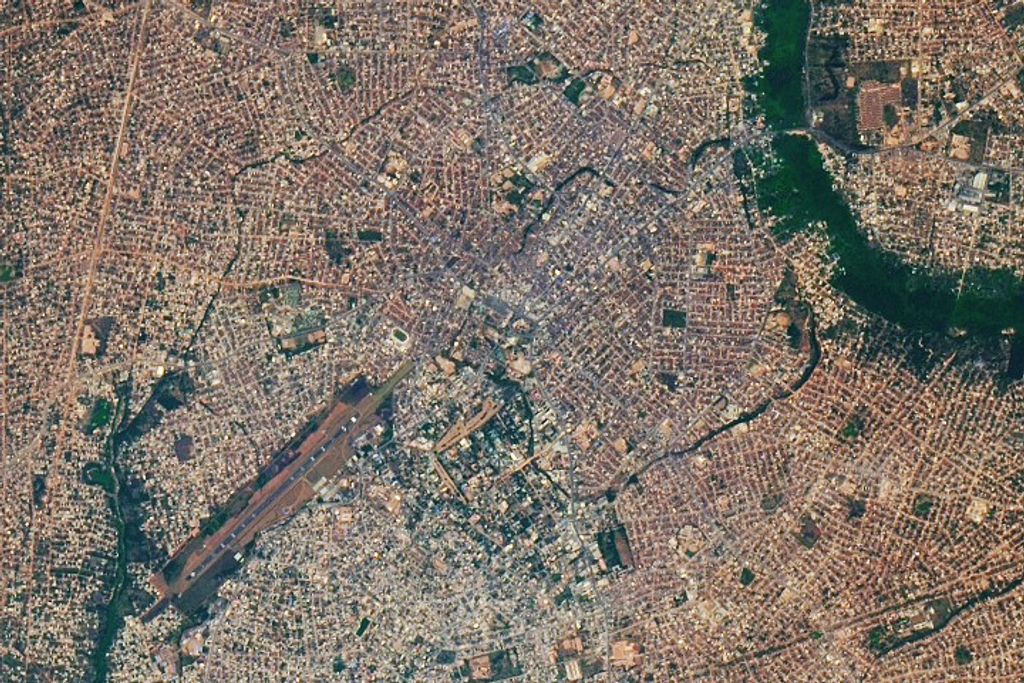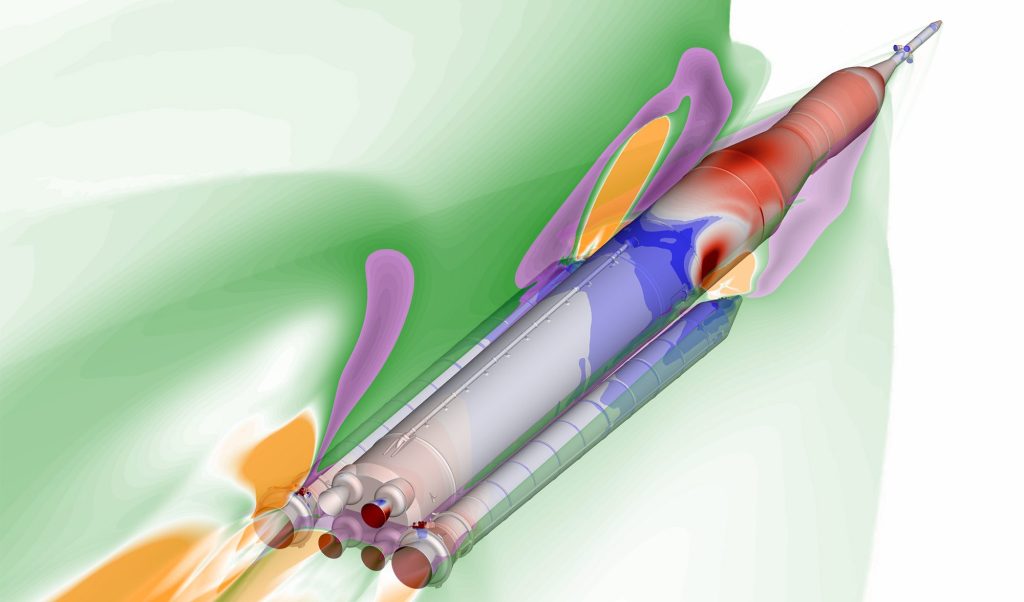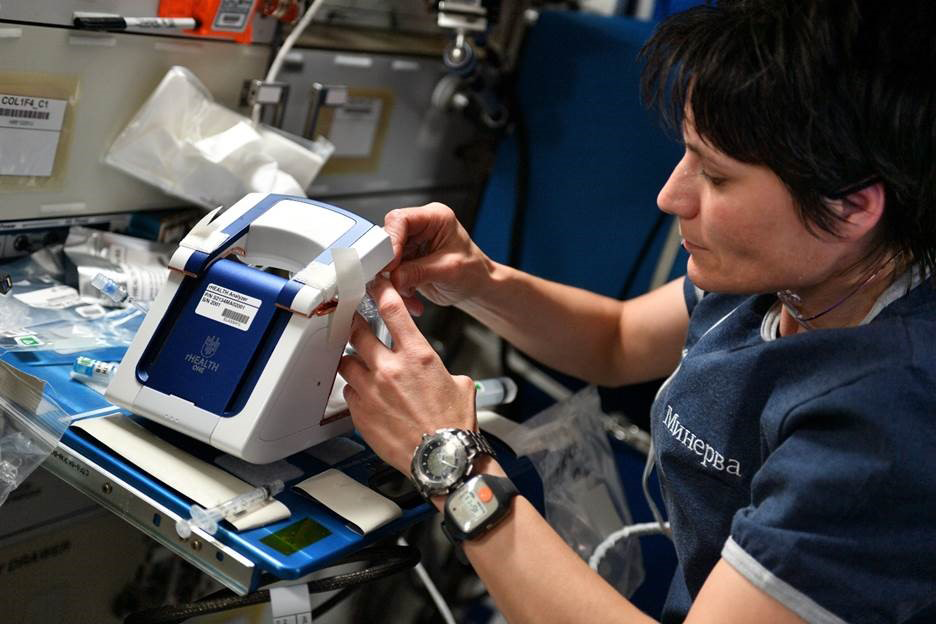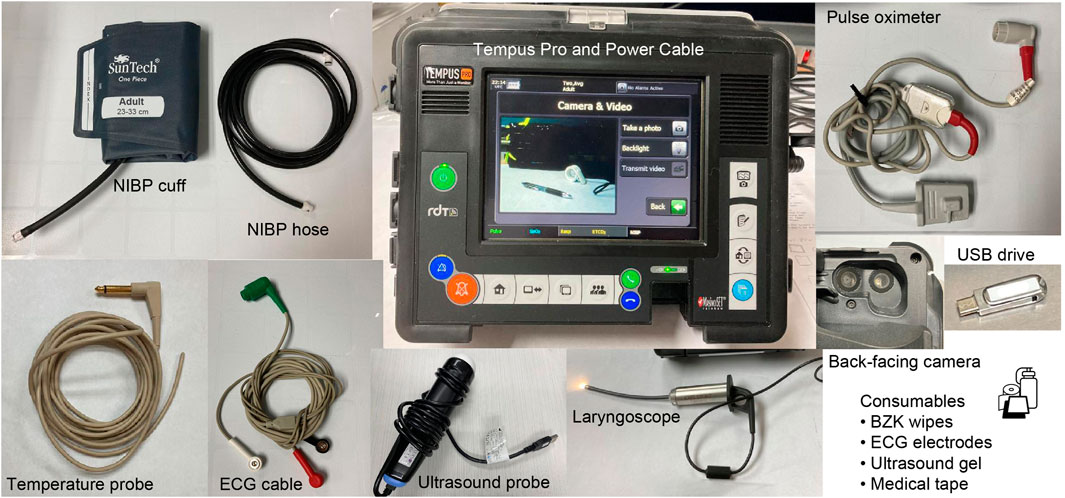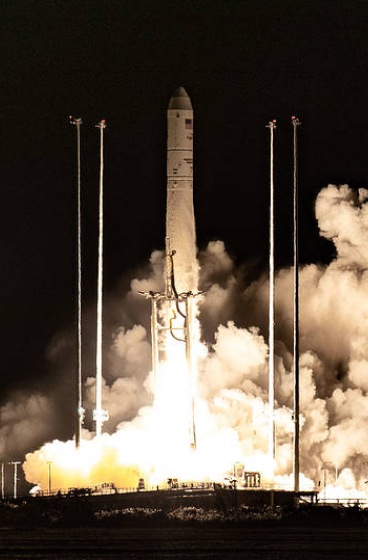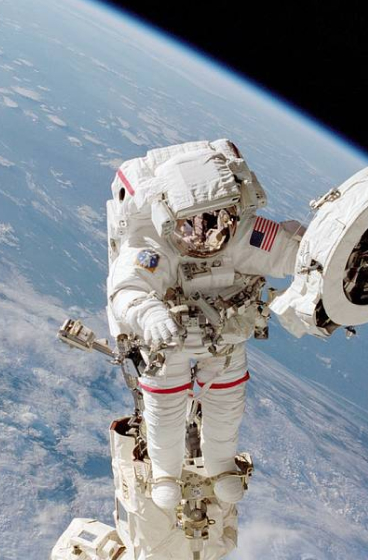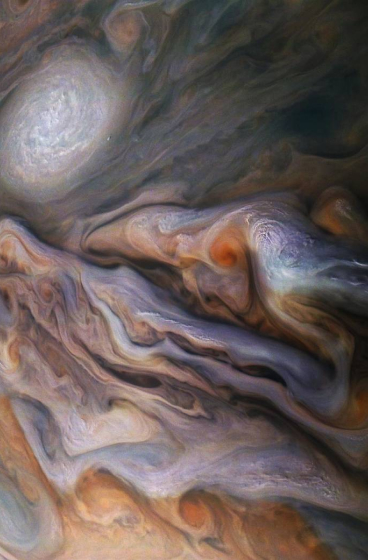Multifunctional Integrated Medical Devices
Currently on ISS there is a collection of discrete medical devices used to periodically assess crew health status. NASA is currently in the process of evaluating if utilization of a single vital sign monitoring system integrated with other medical capabilities on future exploration missions may improve communications, reduce training requirements and be less resource intensive. The Tempus Pro™ (Remote Diagnostic Technologies, Ltd., Philips Corp., Farnborough, UK) is a Multi-functional Integrated Medical (MIM) device that includes vital signs monitoring, on-board procedure support (iAssist), telemedicine communication features, and medical imaging, the the image below. Usability testing of the Tempus Pro™ was completed within the NASA Human Exploration System Testbed for Integration and Advancement (HESTIA), which is a hypobaric chamber located at the NASA Johnson Space Center (JSC) (Marmolejo and Ewert, 2016), during a 2023 Exploration Atmosphere and Pre-breathe Validation study (Garbino, et al., 2024). The atmosphere of a spacecraft may be kept at a higher oxygen concentration and lower partial pressure than experienced at sea level on Earth and therefore it is often important to determine the functionality of equipment and the physiological response to that atmosphere. As part of this effort, multiple participants, while living in the HESTIA chamber stepped through medical procedures with the Tempus Pro™, from which usability survey results, observations, and lessons learned were then obtained. Vital signs measurements (e.g., electrocardiogram, non-invasive blood pressure, pulse oximetry, and temperature) and medical imaging (e.g., mid-range camera, laryngoscope, and ultrasound), which are all integrated into the device, were demonstrated as part of the study. The Tempus Pro™ output was compared to known signals produced with a biomedical signal simulator (Pronk Technologies Inc., Sun Valley, CA, United States of America) before and after exposure to the alternate atmosphere within the chamber, with nominal results in each case. The participants’ observations made during the training, procedures, and scenarios of this demonstration were collected with user experience surveys and will be used in future demonstration planning and ultimately to aid exploration medical system design. Additionally, a future ISS demonstration of the Tempus Pro™ is currently being planned collaboratively between the European Space Agency (ESA) and NASA.








